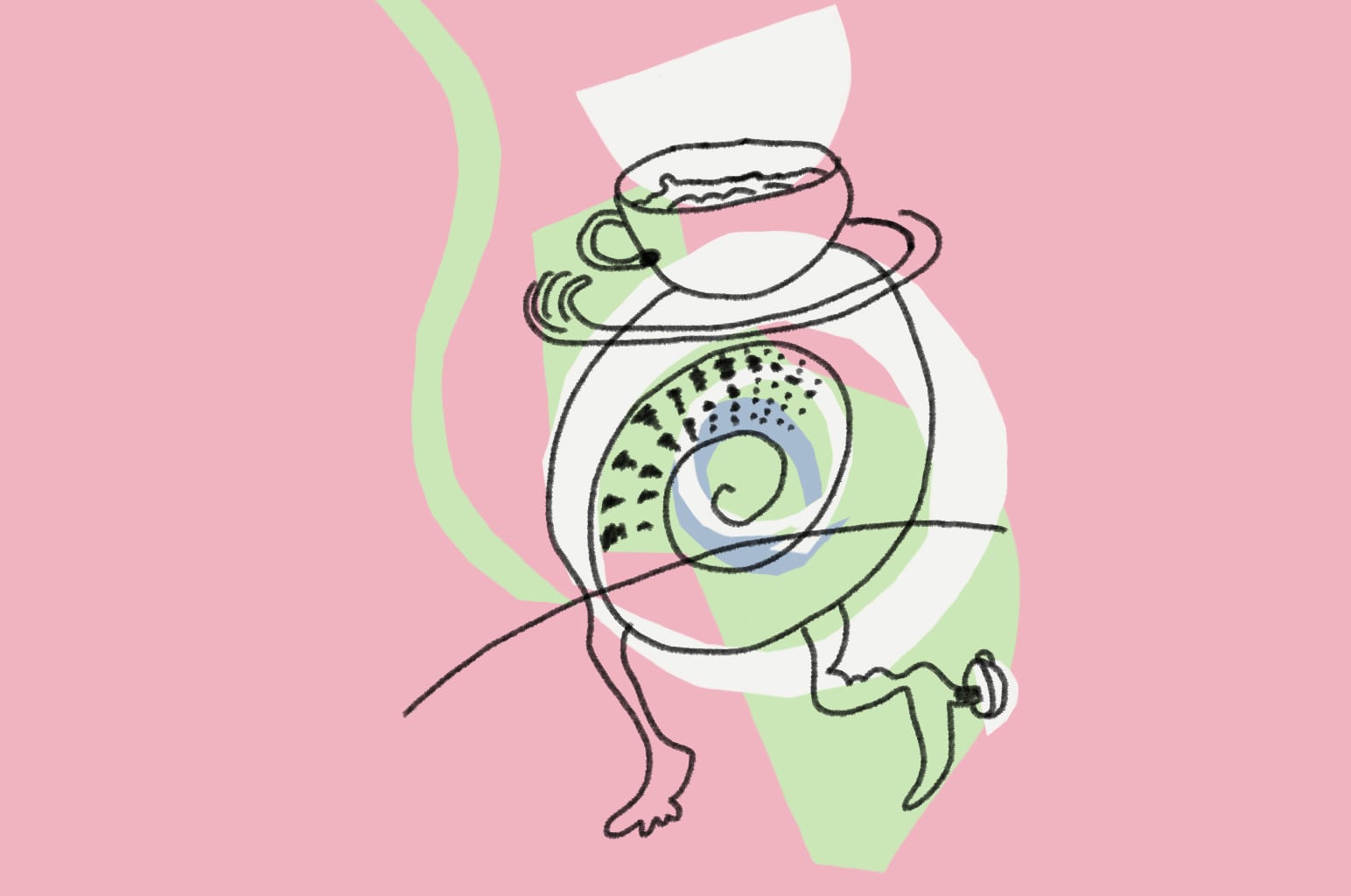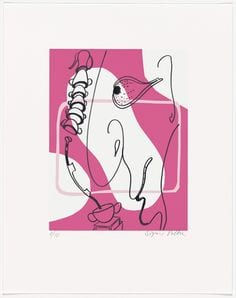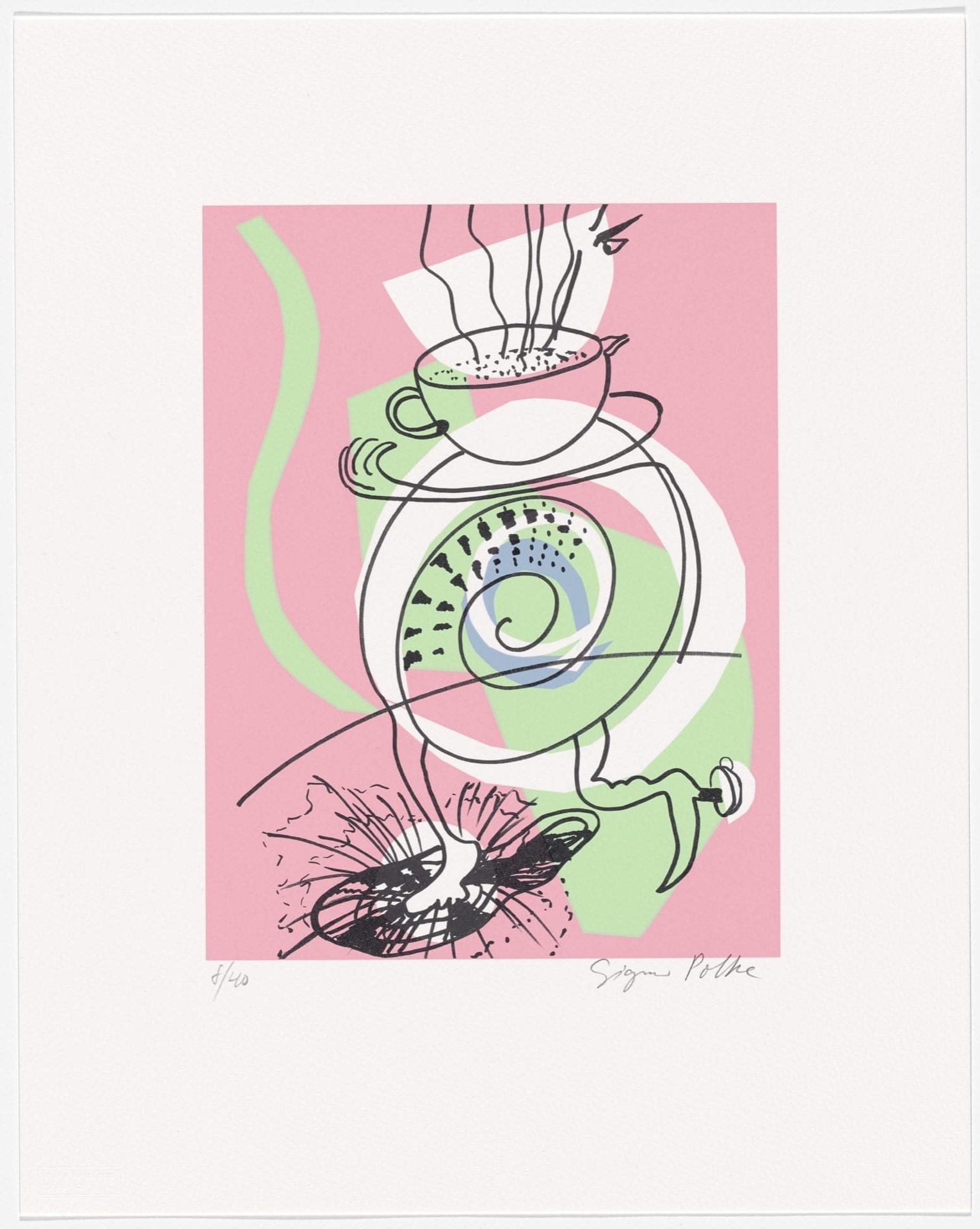The artist I chose to study for this project is Sigmar Polke. He was an influential German artist known for his inventive paintings and photographs that employed non-traditional materials, such as meteorite dust and detergent. He was born on February 13, 1941 in Oels, Poland in the midst of World War II. He and his family were expelled to communist East Germany after the war however his family escaped from the Communist regime in East Germany in 1953, traveling first to West Berlin and hen to West Germany Rhineland. Growing up in the German Democratic Republic left a lasting impact on the artist, specifically the sensorial overload of consumer culture he felt after moving to West Germany in 1953. While studying at the Kunstakademie Düsseldorf, Polke, Gerhard Richter, and Konrad Lueg, created what is now known as the Capitalist Realism – responded to the nationalistic themes of Socialist Realism, while also critiquing West Germany’s fast growing consumer society. He died on June 10, 2010 in Cologne, Germany at the age of 69.
At the MoMA, I viewed one of his more recent series, “Full Moon in Aries” – a series of 40 framed prints all lined up across two walls. Wanting to place his work in a modern context I created an animation of two of his pieces from this series for my artist trap. In his journal “Some Observations on the Early Drawings of Sigmar Polke”, Martin Hentschel discusses “Polke’s playfulness” and describes his creative process as a “game” with shapes – a childishness I tried to employ thought the movement of the shapes in the background. The main criticism Polke has of consumerism is its unoriginality and its “banal reality”. I emphasised this idea towards the end of the animation by playing with multiplicity and repetition using the modern day reference of Starbucks cups.
Below are the two prints my animation is based on, as well as my final animation:


